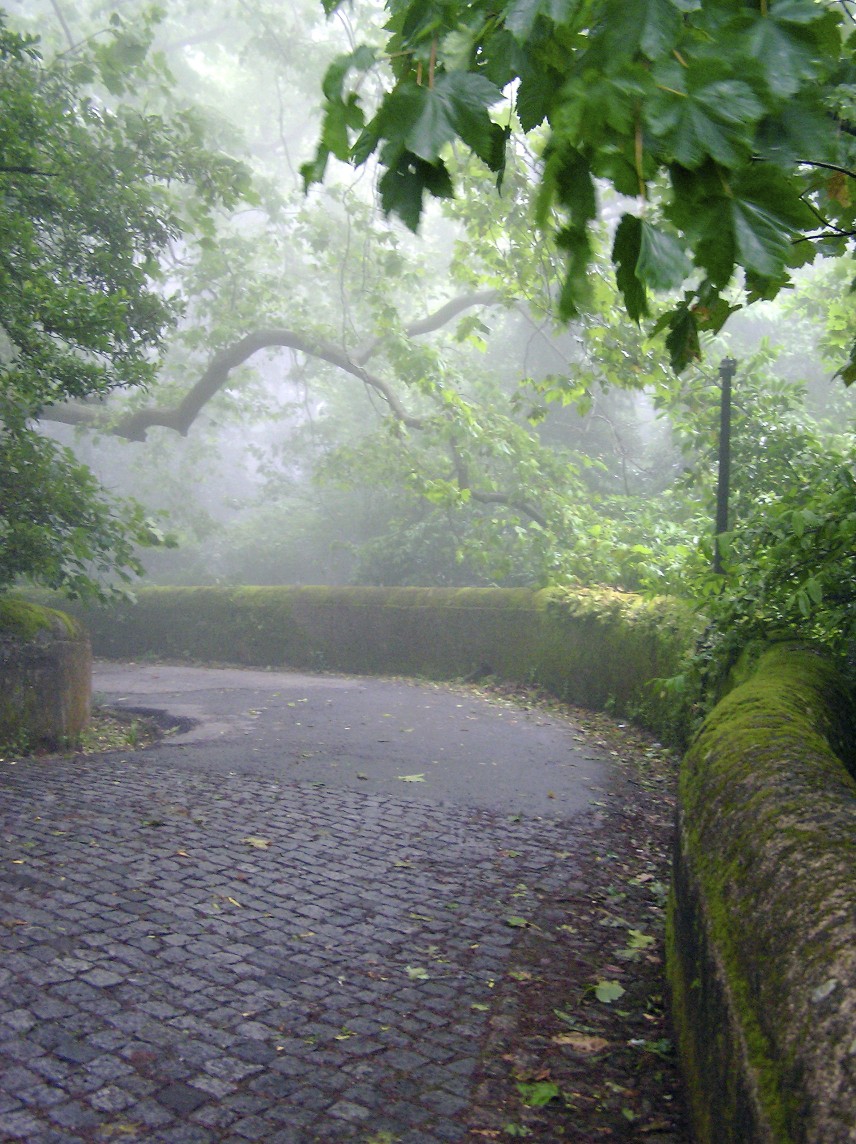
Building on the work of Victor Turner, Mihali Csikszentmihaly (1990i identifies temporary settings that provide the unique threshold between boredom (lack of challenge), on the one hand, an anxiety (too much challenge) on the other hand. He identified this threshold experience as “flow.” He suggests that flow can be found in the many enthralling moments we have all experienced as rock climbers, jazz musicians or chess players. We can even experience a “micro-flow” when twirling a pencil or paper clip in our hand during a particularly boring meeting. If we were to blend Csikszentmihalyi with Bion, the outcome might be a suggestion that flow is found in a contained experience and that flow provides a metabolism for the person living temporarily in this threshold between boredom and anxiety.
Location as a Container of Anxiety
A psychological container can be a sanctuary located in physical space. These containers have physical boundaries. We enter a safe space – such as a walled garden or therapy office and feel safe. Donald Winnicott (2005) identified something he called play space in which we safely search for a new and clearer sense of self. This is the place where (as children) we built forts or constructed family narratives (often in a doll house) as children. Play space is created in therapeutic settings where art, dance or drama are engaged – or where children (or adults) manipulate various objects and create stories in a sand tray. These settings serve as play space containers and create conditions for effective metabolism of anxiety-saturated issues in our lives (or the lives of our children).
Containers can be structures—ranging in size from trunk in which memorable objects are kept, to a special room in our home (such as a “man/woman cave), to a majestic, sacred cathedral. The location-based container often serves as a retreat—a “safe place” within or outside the organization. Some Japanese firms, for instance, provide private rooms where employees can go to let loose their frustrations and anger. However, sanctuaries (almost by definition) usually exist outside of an organizational context. They are found in remote locations, hallowed grounds, beautiful settings or formally constructed retreat centers, spas and health resorts.








